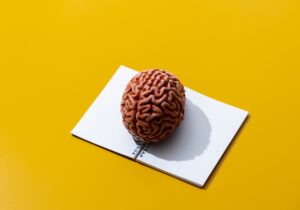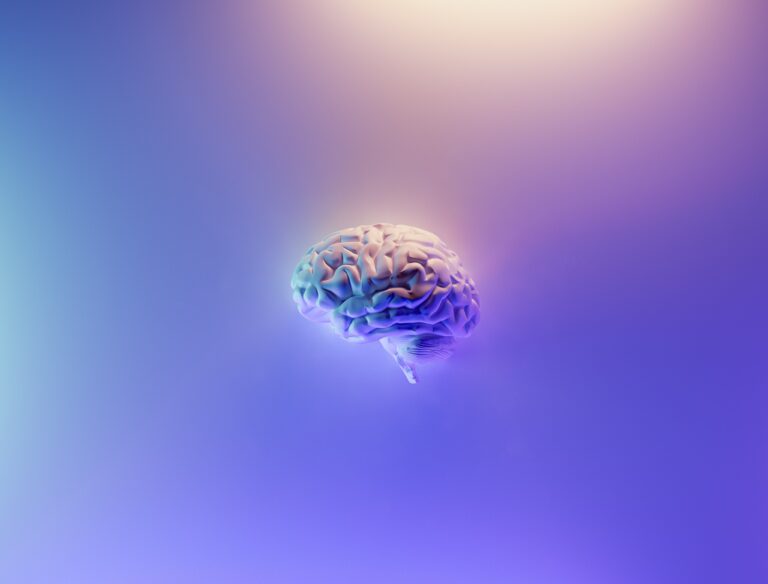Introduction: What is Deep Learning?
Deep learning is a subfield of machine learning that focuses on algorithms inspired by the structure and function of the human brain’s neural networks. It involves training artificial neural networks with large amounts of data to make accurate predictions or decisions. Deep learning has gained immense popularity due to its ability to solve complex problems and its applications in various domains.
Types of Deep Learning Techniques
1) Convolutional Neural Networks (CNNs): CNNs are widely used in computer vision tasks, such as image classification and object detection. They process images or any form of grid-like data, exploiting the spatial relationships between its elements.
For example, CNNs have been extensively used in self-driving cars to identify pedestrians, traffic signals, and lane markings.
2) Recurrent Neural Networks (RNNs): RNNs are designed to process sequential data, such as text or speech. They have a feedback loop that allows information to persist over time. This makes them suitable for tasks like language translation and sentiment analysis.
For instance, RNNs have been utilized in chatbots to generate human-like responses based on the input received from users.
3) Generative Adversarial Networks (GANs): GANs consist of two neural networks: a generator and a discriminator. The generator creates fake data while the discriminator tries to distinguish between real and fake data. This way, the two networks learn from each other, resulting in the generation of realistic data.
An example of GANs application includes the generation of realistic synthetic images, which can be useful for data augmentation in training image recognition models.
Applications of Deep Learning
1) Healthcare: Deep learning has been used to diagnose diseases from medical images such as X-rays and MRIs. It aids in early detection and patient treatment planning by analyzing patterns that may be missed by human experts.
For instance, deep learning algorithms have been developed to accurately detect signs of diabetic retinopathy in retinal images, enabling early intervention.
2) Natural Language Processing (NLP): Deep learning techniques have greatly advanced language processing tasks. Sentiment analysis, language translation, chatbots, and voice assistants are some examples of NLP applications that utilize deep learning.
An example is Google Translate, which uses deep learning models to facilitate translations between different languages.
3) Autonomous Vehicles: Deep learning plays a crucial role in autonomous vehicles, enabling them to perceive and understand the surrounding environment. Object detection, pedestrian recognition, and lane detection are some of the tasks deep learning algorithms handle in self-driving cars.
Tesla’s autopilot feature utilizes deep learning to identify obstacles, traffic signs, and road markings for safe navigation.
Conclusion
Deep learning techniques have revolutionized various fields by providing efficient solutions to complex problems. Convolutional neural networks, recurrent neural networks, and generative adversarial networks are essential tools in image processing, natural language processing, and data generation respectively. The applications of deep learning span across healthcare, language processing, and autonomous vehicles, with many more areas benefiting from this powerful technology. As research continues to advance, we can expect even more innovative and impactful applications of deep learning in the future.
















